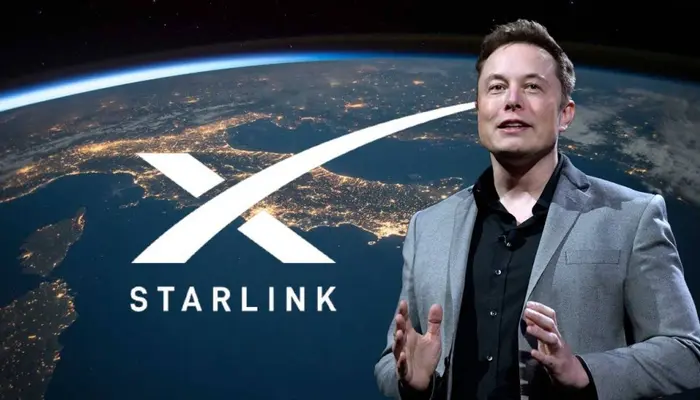Bridging the Digital Divide with SpaceX Starlink
Access to high-speed internet is no longer a luxury but a necessity. Elon Musk’s Starlink project is making this a reality for millions by deploying a low Earth orbit (LEO) satellite network to deliver broadband to rural and underserved areas.
Governments and tech analysts have praised Starlink’s role in economic development, particularly in education and healthcare. Students in remote areas can now access online courses, while telemedicine services allow for virtual doctor consultations, improving medical outcomes worldwide.
The Business of Satellite Internet
The satellite broadband industry is poised for explosive growth, with projections estimating a $30 billion market by 2030. SpaceX is strategically positioning Starlink to capture a large share, expecting $7.8 billion in revenue by 2024.
This expansion could disrupt traditional telecom providers, offering affordable, high-speed internet with minimal infrastructure requirements.
Addressing Space Sustainability and Astronomical Concerns
While Starlink’s expansion is groundbreaking, concerns about space debris and interference with astronomical research have surfaced. Scientists warn that excessive satellite deployment could impact space safety and exploration.
To counter this, SpaceX is integrating self-deorbiting satellite technology, ensuring that obsolete satellites safely exit orbit without contributing to long-term space debris issues.
Global Impact: Security, Economy, and Infrastructure
Starlink’s influence extends beyond just internet access—it’s a game-changer for national security, economic growth, and geopolitical strategy. Governments worldwide recognize the strategic advantage of secure, high-speed satellite networks, making Starlink a key player in future global communications.
